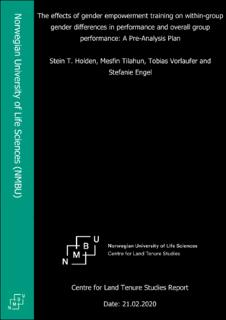The Sustainable Management of Land and Fisheries Resources Using Multicriteria Techniques: A Meta-Analysis
In recent years modern societies have attached a multifunctional requirement to the use of renewable resources, making their optimal sustainable management more complex. In the last decades, in many cases, this complexity is addressed by formulating management models with the help of the concepts and methods belonging to the well-known multicriteria decision-making (MCDM) paradigm. The purpose of this paper was to undertake a hermeneutic meta-analysis of the literature provided in primary journals on issues related to the management of these resources with the help of the MCDM paradigm.




